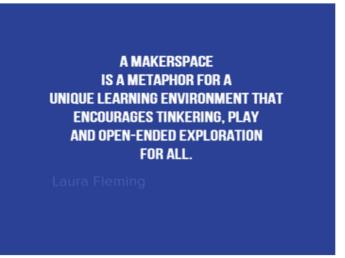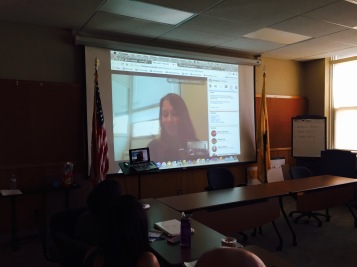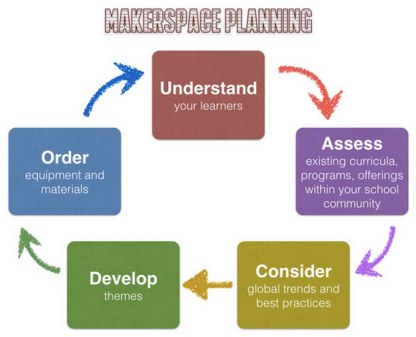I recently had a phone conversation Laura Fleming, award-winning Media Specialist, Author, and MakerSpace expert (among other things). We spoke about many things but one thing in particular stuck out to me; it had to do with buying things and budgets. She said that it wasn’t about the “kinds of things you put into a room like this, it is about the needs of the students and their dreams, passions, and aspirations.”
If I needed to write a letter to all past, present, and future educators, leaders, and community stakeholders, I would just write the last part of the sentence in the body of the letter. Nothing else would be needed. I would even sign it at the bottom:
Yours Truly,
Common Sense
Laura has been working with a group of K-5 Educators and myself to look at the Maker Mindset and creating your own MakerSpace. Her insights into how she created her own space, how she connects to all types of students, and how her space has evolved have been more than helpful. While these folks don’t need that letter above, there are some in education who do need this and a lesson on purchasing things for your space, school, or district.
Laura lays it out like this:
When she talks about what to get for your MakerSpace, she doesn’t just talk about getting the newest things or what every other school has. No, that is a sure-fire way to have your space backfire on you and your students. It is another reason why some school leaders and districts push back on this idea. They feel like they have been burned in the past with these “fads and trends” and do not want to sink money into them. Instead, Laura focuses on the MakerSpace Planning guide. This guide has been so valuable because it helps us focus on the bigger picture which are the students and their passions and the curriculum we teach them (or don’t teach them). By doing this, we are rooting what we are doing to address the gaps we have in our school.

That resonates with me on so many levels. First, by refocusing our attention on our students, we are saying to them – “hey, you matter.” What you do outside of school matters. We want you to bring that same passion, love, and expertise here as well!
Second, it roots it in the curriculum, or the lack thereof. Does your curriculum have coding involved? No? Well that may be good for your space. Does it allow for electronic tinkering? No, add that to the space. We can fill in the gaps of our students educational careers by doing this.

This also focuses the intention not on how much we spend in the room but how much time we spend figuring out what our students want, which is much more important.
Without the student voice, it is just a bunch of stuff in a room.
Here are some questions we raised after working with Laura – Are we giving students a real opportunity that they may otherwise not get in school? How can our space leverage this and our students passions to create a space that is unique to our kids for the long-term?
These are questions that are being answered right now by these and many more educators around the globe. In the I.D.E.A.S. Wing, we are asking the same questions.
Thank you, Laura, for your wisdom and insight!

